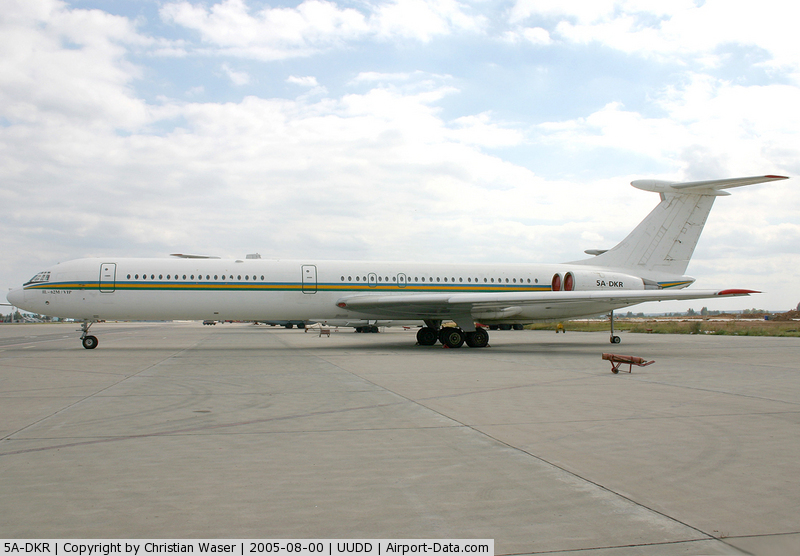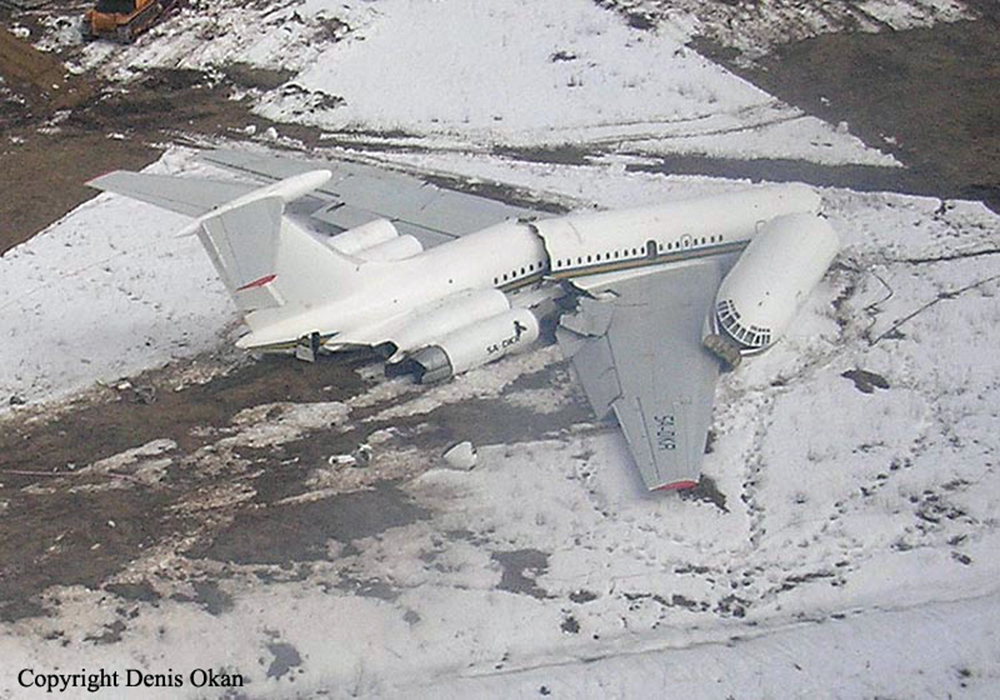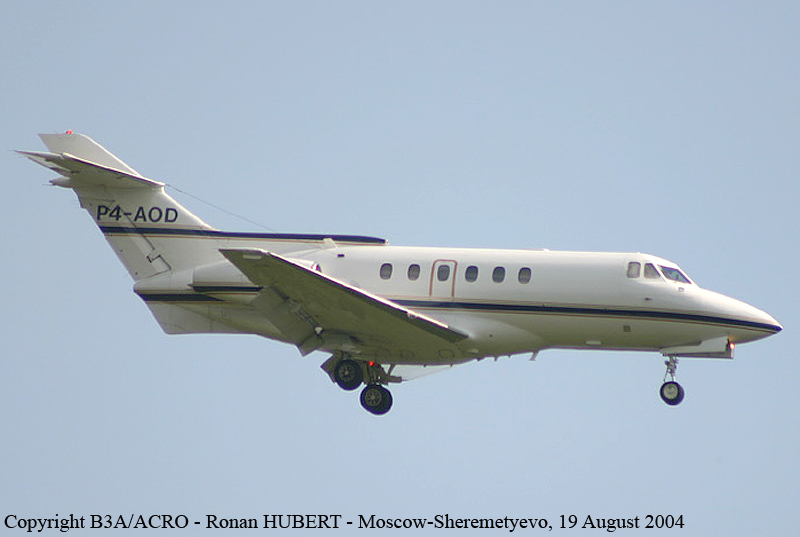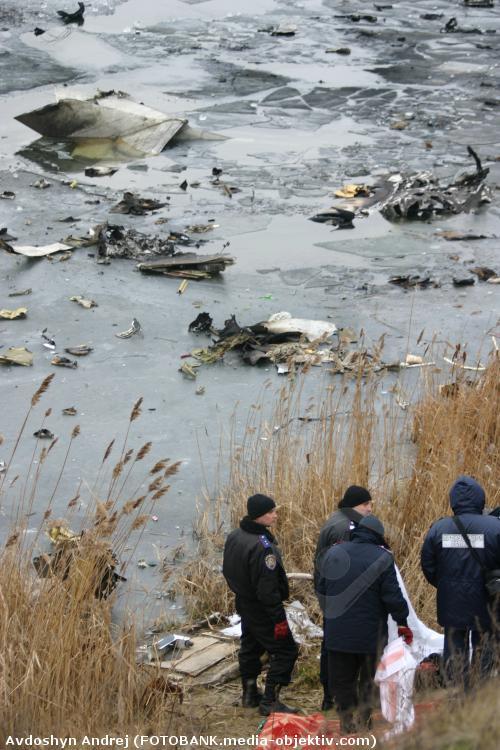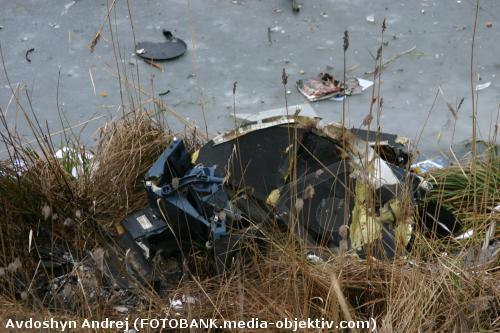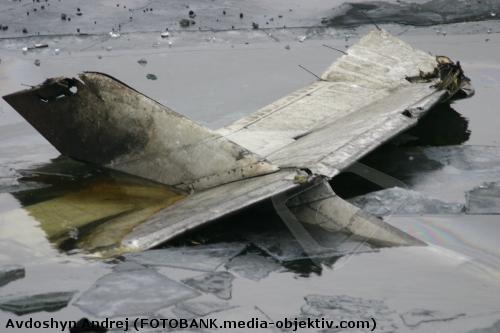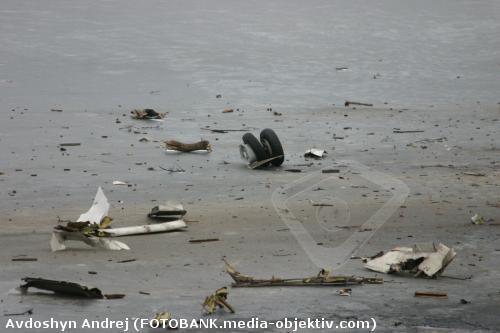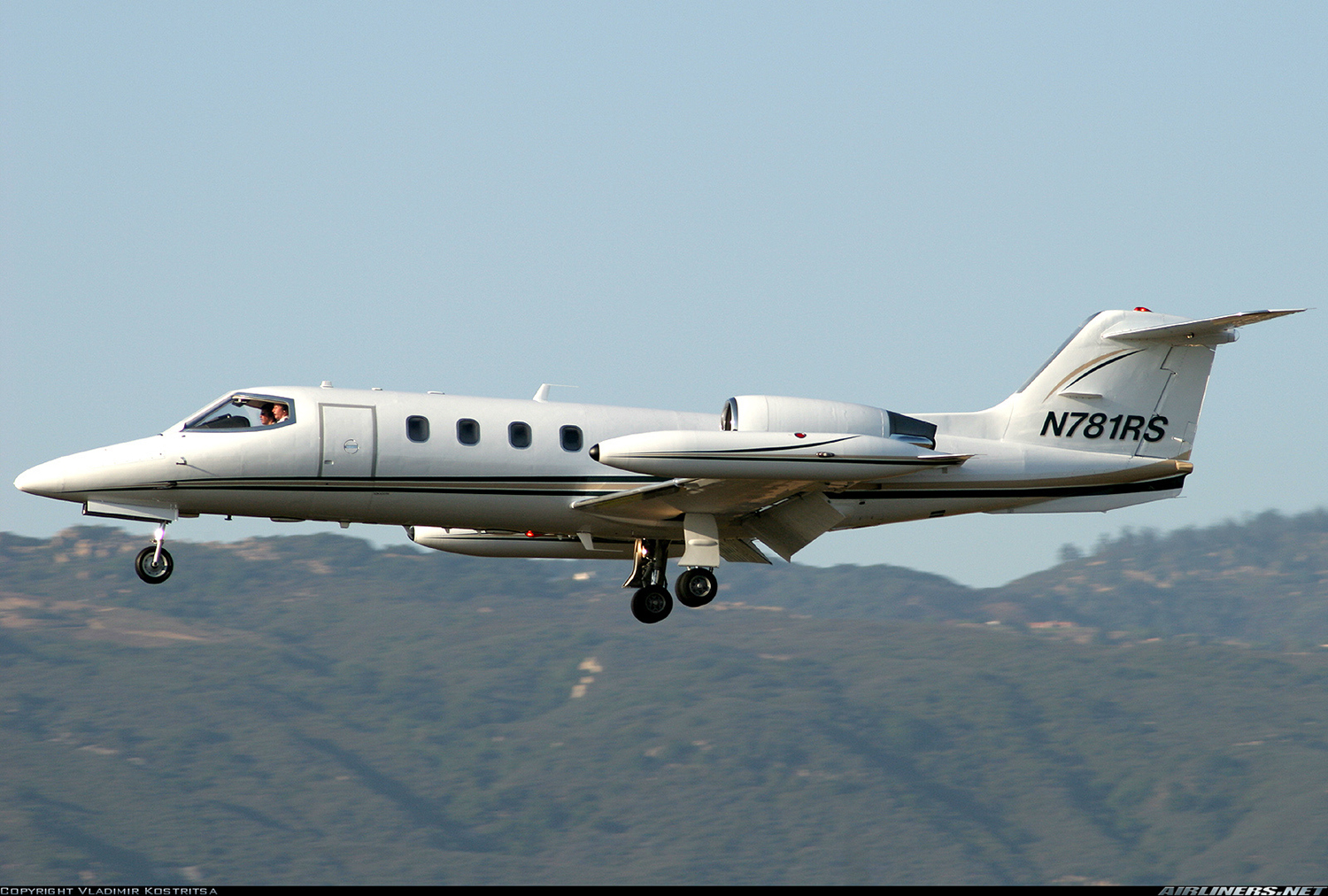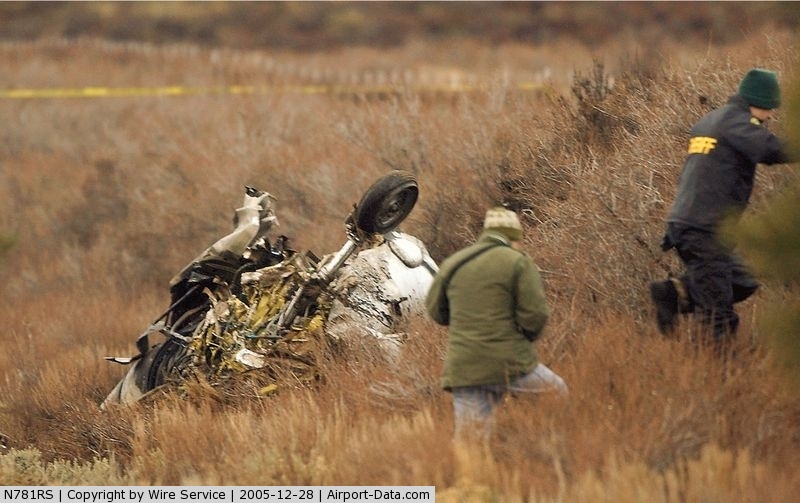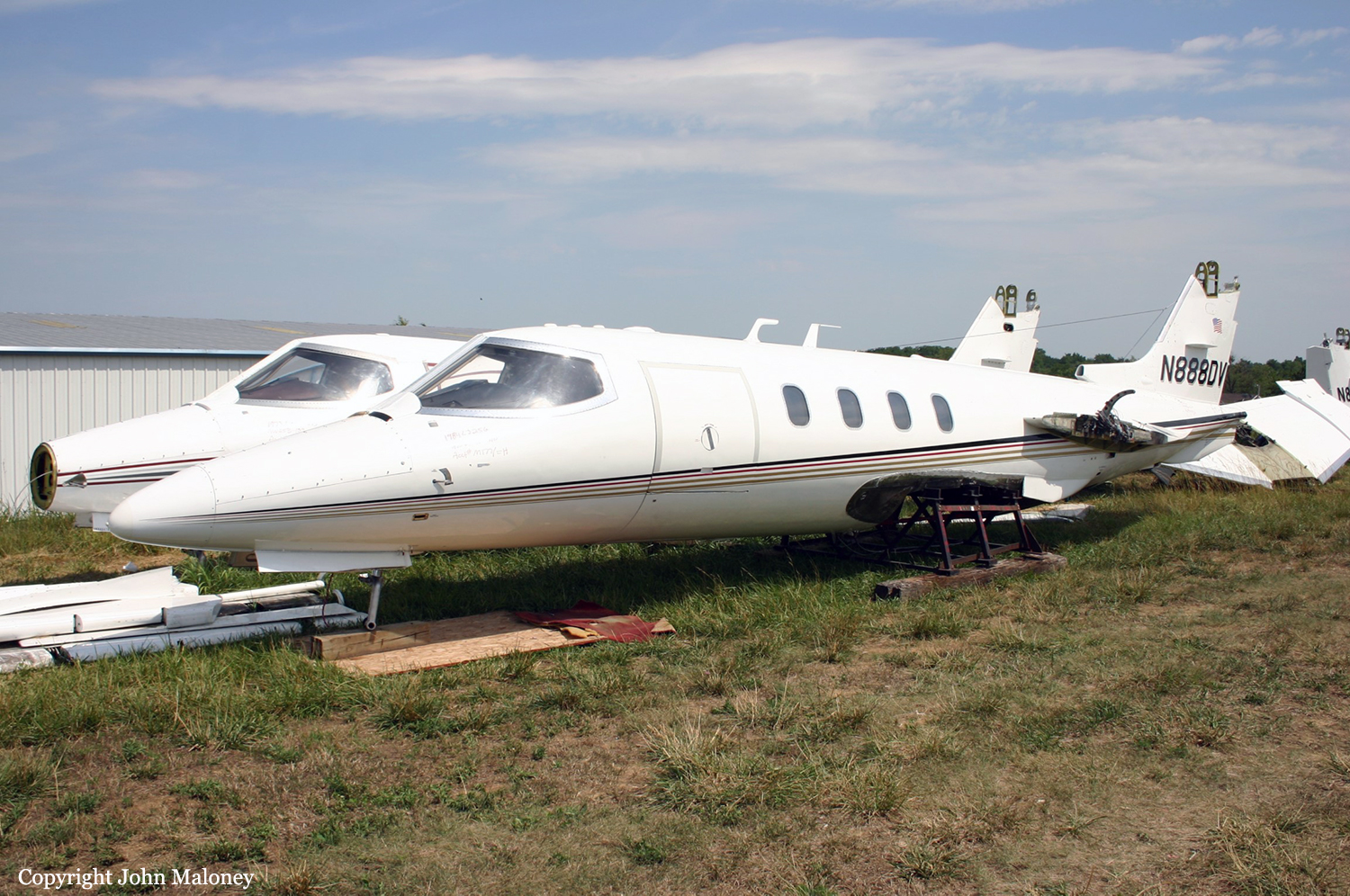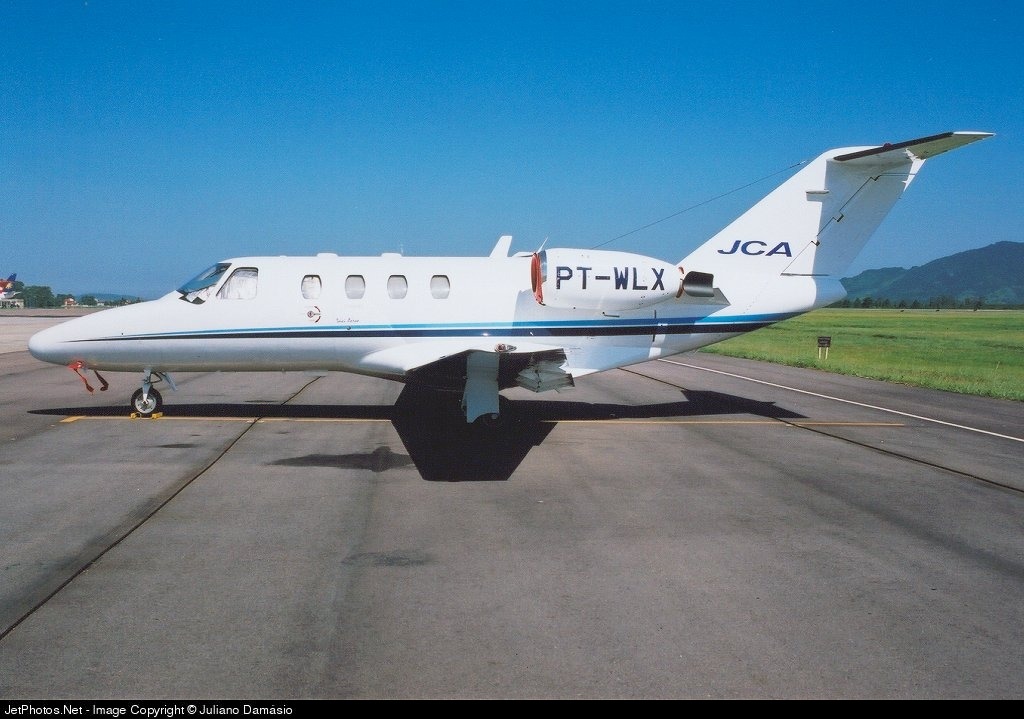Crash of a Rockwell Sabreliner 75A in Alexandria
Date & Time:
Apr 20, 2006 at 1505 LT
Registration:
JY-JAS
Survivors:
Yes
Schedule:
Amman - Alexandria
MSN:
380-64
YOM:
1978
Crew on board:
3
Crew fatalities:
Pax on board:
0
Pax fatalities:
Other fatalities:
Total fatalities:
0
Circumstances:
The crew departed Amman-Marka Airport on a positioning flight to Alexandria, Egypt. On final approach, the aircraft was too high on the glide but the captain decided to continue. During the last segment, after the speed brakes were deactivated, the aircraft floated and landed too far down the runway. Unable to stop within the remaining distance, it overran and came to rest. While all three crew members escaped uninjured, the aircraft was damaged beyond repair.
Probable cause:
Wrong approach configuration on part of the captain who decided to landed while the aircraft was too high on the glide. Failure of the captain to initiate a go-around procedure after the copilot warned him three times about that.




